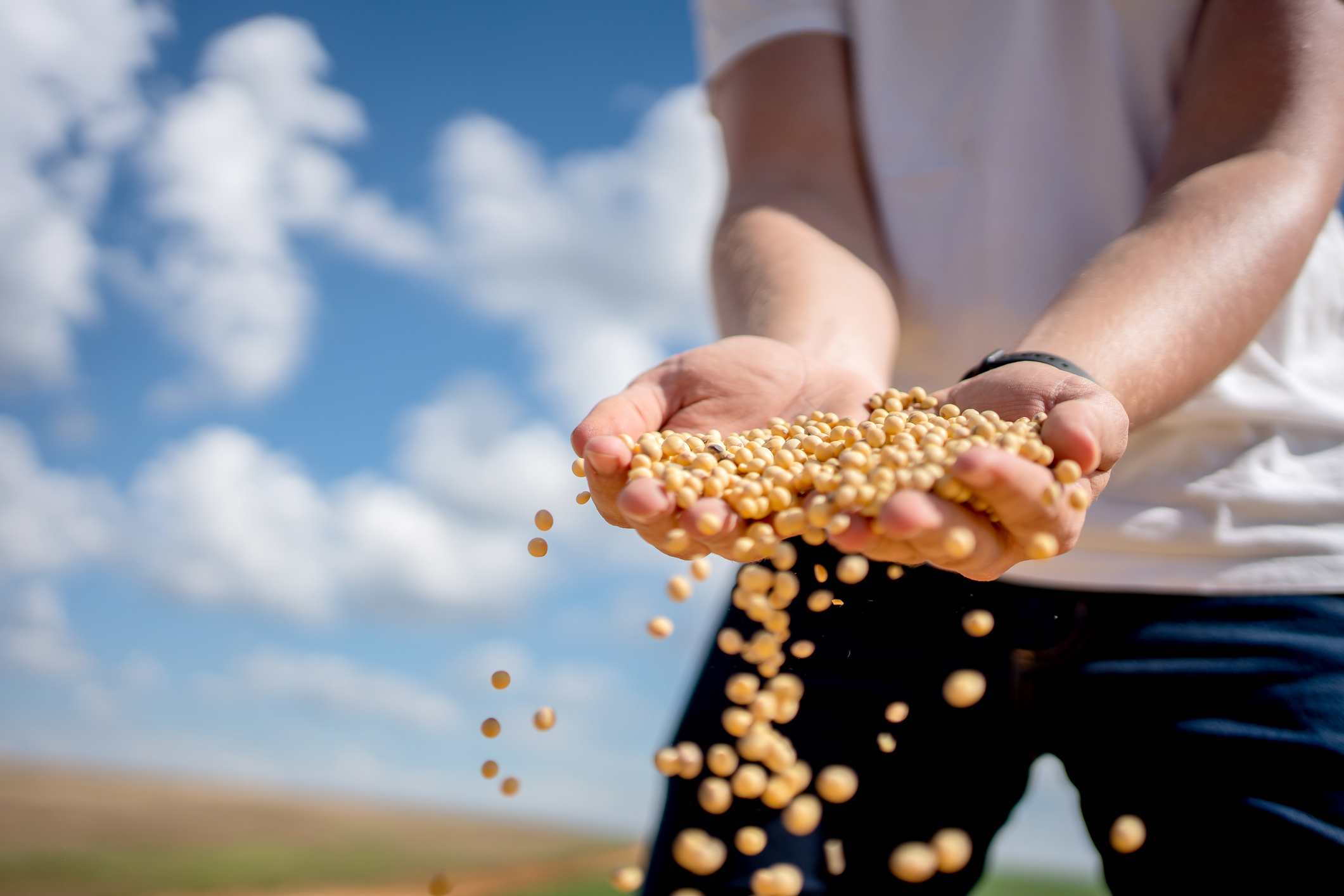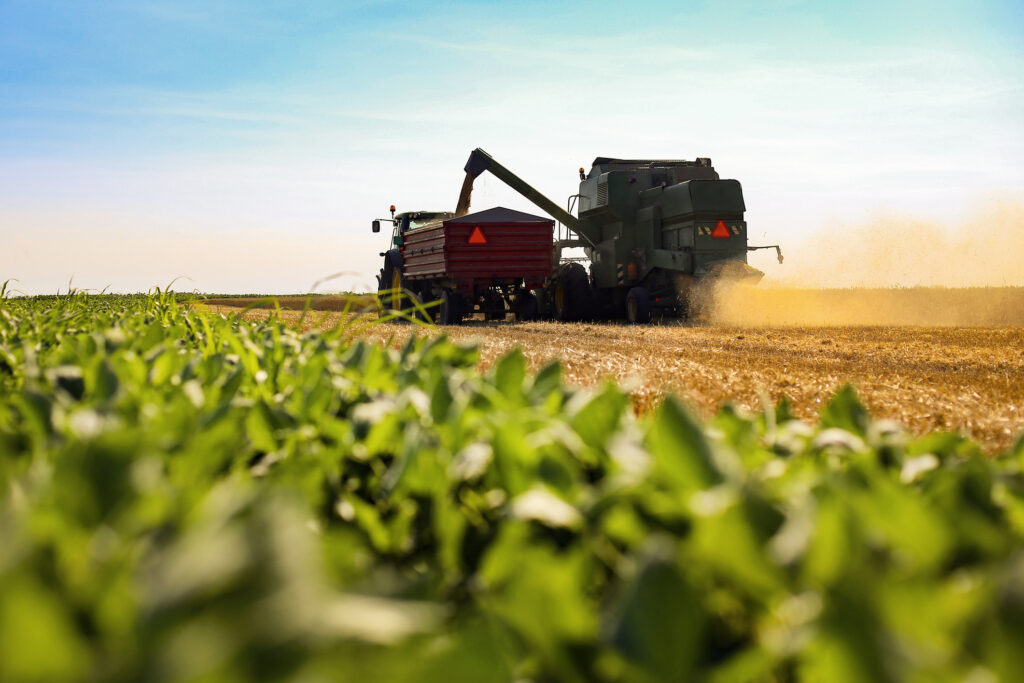
Soy production, one of the pillars of the Brazilian economy, reaches its peak in winning the National Soy Maximum Productivity Challenge, run by the Brazilian Soy Strategic Committee (CESB), which holds a competition every year to strengthen the sector and elect its champions. , which combine productivity and sustainability in grain cultivation.
“The winner of the award, within its category, is the one who achieves sustainable and profitable soy production, that is, is capable of reducing greenhouse gas emissions, the amount of chemicals in the soil and water consumption , ensuring high productivity”, explains Vitória Lanes, Applied Sustainability specialist at Fundação Eco+.
The analyzes of the award competitors are carried out by Fundação Eco+, a sustainability consultancy maintained by BASF for almost 20 years, and consider all environmental aspects and natural resources in agricultural production. This data is taken from “cradle to gate”, that is, from the entire life cycle of soybean production, from the use of agricultural inputs, fuels, water and any other raw material necessary for production, until the moment that she is ready to leave the farm. In addition, emissions from fertilizer applications are included, such as greenhouse gas emissions from the burning of fossil fuels when using implements.
To give you an idea, Vitória says that for every kilo of soy produced by the 2023 national champion, there was a notable reduction in several environmental and economic aspects. “When we talk about carbon footprint, for example, the result was a 61% impact lower than the average of the rest of the competitors.”
This result can be attributed to productivity, which is 55% greater than the average productivity of the southeast region, so that the cultivation area required to produce 1 kg of soybeans is smaller, resulting in lower CO2 emissions from possible changes in the land management. This implies fertilizer consumption, which was 78% lower than the category average.
“The national champion of the CESB Challenge reached the great mark of 134.46 sc/ha of productivity. In the last harvest (2022/2023), the average soybean productivity of the 950 areas audited by CESB was 87 sc/ha, while the Brazilian average published by CONAB is approximately 59 sc/ha. These results end up encouraging soybean professionals to implement and improve some innovative cultivation practices, which make it possible to extract the maximum potential of the crop on their farms. With each harvest, we have observed an increase in the use of the direct planting system, of microorganisms to increase the biological fixation of N, of biological products and technologies to assist in the rational use of inputs, for example, which encourage the increase in these productivity of sustainable way", comments Lorena Moura, technical coordinator at CESB.

That's why the Eco+ Foundation's support makes the process fundamental for the sector, especially when carrying out a measurement that covers one of the most difficult aspects of agribusiness to determine: greenhouse gas emissions. The institution helps drive sustainable journeys at different levels of maturity, through customized projects and digital tools, guiding businesses and companies that want to develop their economic, social and environmental values in an integrated way.
With all this in mind, the Foundation's experts listed some points that can help farmers for the next harvests:
Greenhouse gas emissions
One of the pillars of eco-efficiency is the reduction of carbon dioxide (CO2) emissions. To achieve this, a complete assessment of the sources of emissions in agricultural production can be carried out, from the use of agricultural machinery, transport and waste management. Or more practical actions, such as adopting some direct planting techniques and cover crops. Additionally, explore renewable energy alternatives such as solar energy or biofuels to power agricultural equipment.
Preservation of water resources
Effective water management is essential for agricultural sustainability and technology can be a great ally in monitoring for even more precise irrigation. Implementing high-efficiency systems, such as drip, which distributes water directly to plant roots, helps reduce water waste. You can also apply soil conservation techniques, which reduce erosion and keep water in place.
Efficient use of land
Responsible land management is fundamental to preserving biodiversity and soil quality. Therefore, seeking to explore precision agriculture techniques, such as soil fertility mapping, it is possible to optimize the use of inputs and ensure that they are applied where they are really needed.
Consumption of fossil resources
Starting a dialogue about the challenge of fossil fuel consumption in agriculture is essential, after all, dependence is still high. Therefore, it is important to consider all uses on the property, from machinery and vehicles to the efficiency of heating systems in greenhouses. You can also consider replacing equipment that uses biofuels or implementing biofuel management practices.
Achieving success in agriculture goes beyond productivity at any cost. “The recognition highlights as a champion the producer who changed his business vision by addressing the concepts of sustainability in his production. Thus, we contribute to strengthening the sector's resilience in the face of climate change and ensuring that future generations have access to healthy and nutritious food”, concludes Luiz Antonio da Silva, Executive Director of CESB.
Share